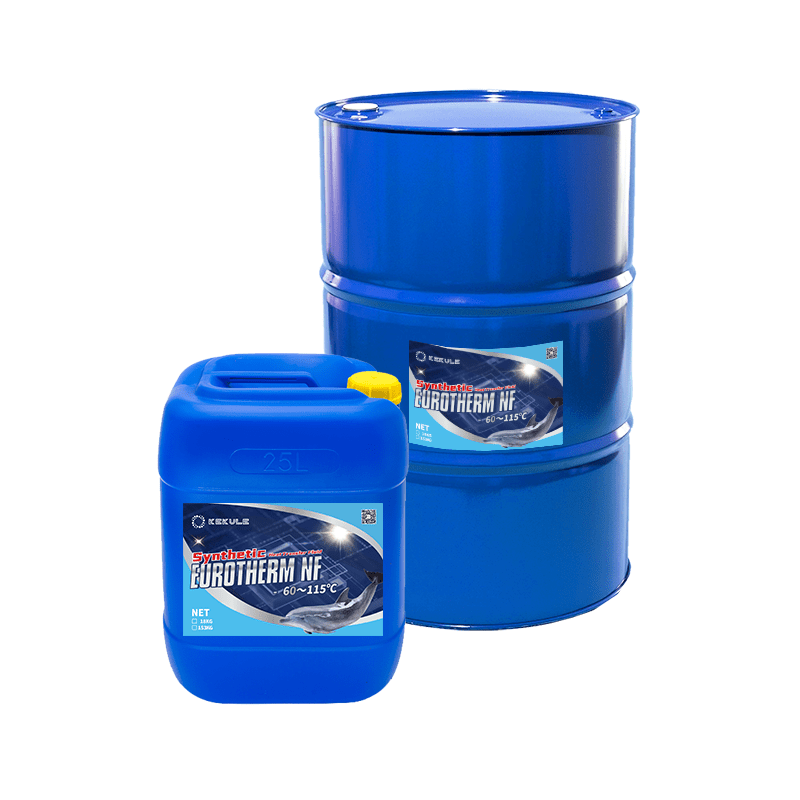9 Simple Techniques For Chemie
9 Simple Techniques For Chemie
Blog Article
Chemie Fundamentals Explained
Table of ContentsThe Main Principles Of Chemie Examine This Report on ChemieHow Chemie can Save You Time, Stress, and Money.Not known Details About Chemie Not known Factual Statements About Chemie Top Guidelines Of Chemie
(https://go.bubbl.us/e7b94c/59c7?/New-Mind-Map)Measured adjustment in electric conductivity of liquid samples as a feature of time when stirred with the resin example in the closed indirect air conditioning loop experiment. Number 6 shows the adjustment in the determined electric conductivity of the liquid examples when stirred with the material sample. The conductivity of the water sample from the closed loophole experiment decreased by around 70% from 11.77 S/cm to 3.32 S/cm in 6 hours.These outcomes indicated that the capacity of the resin depends upon the examination fluid made use of for the experiment. This shows that various ions present in the liquid will lead to various ion exchange capacity of the liquid. Consequently, computing the ion exchange material capacity with the fluid sample from the actual cooling loop is essential.
8 Easy Facts About Chemie Shown
An ion exchange material cartridge including 20g of Dowex combined bed material may take on order 938 days to saturate - therminol & dowtherm alternative. To put it simply, to keep a low electric conductivity, a resin cartridge with the measurement and weight requirements as that of the resin cartridge used in the experiment, need to be transformed every 30 months for the cooling system that was utilized in the experiment
The cooling of electronic components has actually become a significant challenge in recent times due to the innovations in the style of faster and smaller sized elements. Consequently, various air conditioning technologies have been developed to efficiently eliminate the heat from these elements [1, 2] The usage of a liquid coolant has actually ended up being attractive due to the greater heat transfer coefficient accomplished as compared to air-cooling.
The Greatest Guide To Chemie
A single phase air conditioning loophole consists of a pump, a warm exchanger (cool plate/mini- or micro-channels), and a heat sink (radiator with a fan or a liquid-to-liquid warmth exchanger with chilled water cooling). The heat resource in the electronic devices system is attached to the heat exchanger.
The needs may differ depending on the type of application. Complying with is a listing of some basic requirements: Great thermo-physical homes (high thermal conductivity and specific heat; reduced thickness; high unexposed heat of evaporation for two-phase application) Reduced cold factor and burst factor (sometimes burst security at -40 C or reduced is required for delivery and/or storage purposes) High climatic boiling factor (or reduced vapor stress at the operating temperature) for solitary stage system; a narrow desired boiling factor for a two-phase system Great chemical and thermal stability for the life of the electronic devices system High flash factor and auto-ignition temperature level (occasionally non-combustibility is a requirement) Non-corrosive to materials of building and construction (metals along with polymers and other non-metals) No or marginal regulative restrictions (eco-friendly, harmless, and potentially naturally degradable) Economical The ideal electronic devices coolant is an inexpensive and harmless fluid with excellent thermo-physical homes and a long solution life.
Excitement About Chemie
A lot of these liquids have a non-discernible smell and are safe in case of contact with skin or consumption. As discussed in the past, aliphatic PAO-based fluids have actually replaced the silicate-ester fluids in a range of armed forces electronic devices (and avionics) cooling down applications in the last years. One more class of prominent coolant chemistry is dimethyl- and methyl phenyl-poly (siloxane) or frequently called silicone oil.
Of all, these fluids are non-combustible and non-toxic. Some fluorinated substances have zero ozone diminishing prospective and other environmental buildings.
Ethylene glycol is colorless and virtually odor-free and is completely miscible with water. When properly hindered, it has a relatively low corrosivity. This coolant is identified as toxic and should be dealt with and disposed of with care. The top quality of water utilized for the prep work of a glycol service is really crucial for the system.
4 Easy Facts About Chemie Shown

This is a reduced expense antifreeze option, locating usage in refrigeration services and ground resource heat pumps - therminol & dowtherm alternative. This liquid can be made use of down to -40 C owing to its relatively high price of warmth transfer in this temperature range.
It is thought about more unsafe than ethylene glycol and as a result has found use only for procedure applications located outdoors. Additionally, methanol is a flammable fluid and, because of this, introduces a potential fire danger where it is saved, handled, or used. This is a liquid service of denatured grain alcohol. Its major advantage is that it is non-toxic.
Chemie - Questions
As a flammable liquid, it requires certain safety measures for dealing with and storage. Aqueous options of calcium chloride locate broad usage as circulating coolants in food plants. It is non-flammable, safe and thermally much more effective than the glycol options. A 29% (by wt.) calcium chloride remedy has a freezing factor listed below -40 C.

Report this page